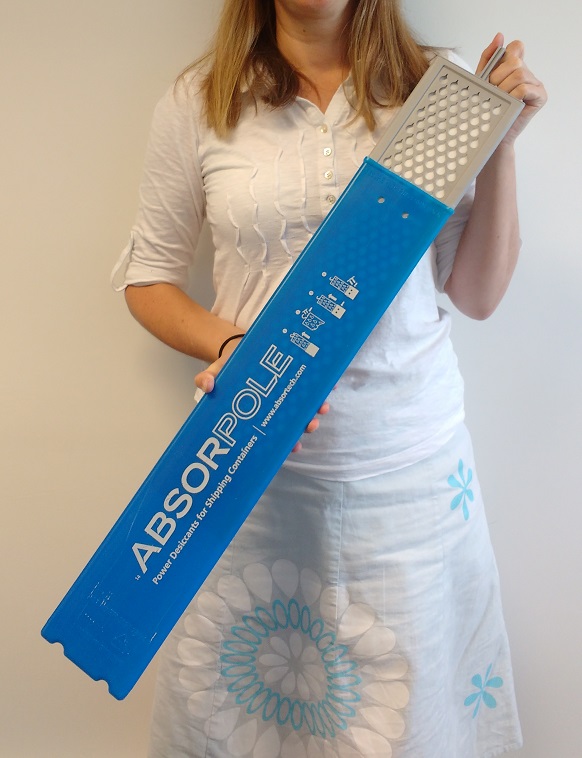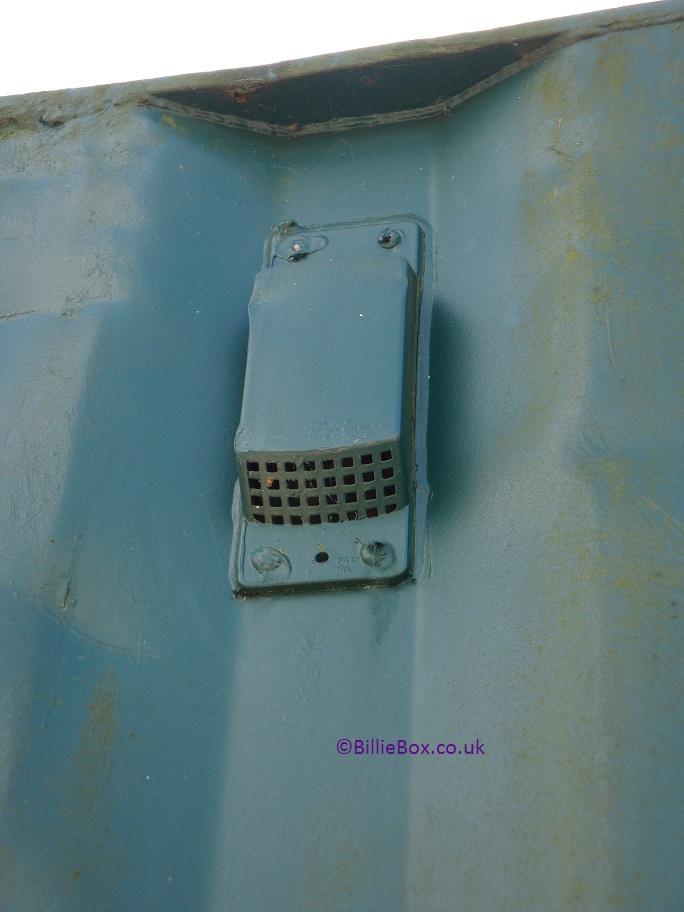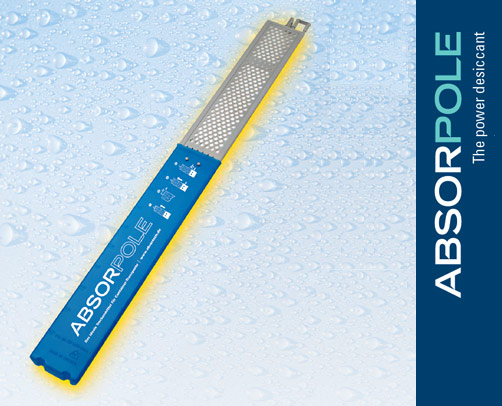Condensation in Shipping Containers

Last Updated on October 4, 2023
How to prevent condensation build-up in containers
Condensation in shipping containers and storage containers can occur due to poor ventilation or storing damp or wet goods. If not rectified, this can cause damage to goods stored in the container in future, even if the damp goods have been removed. Luckily, there are several ways to prevent condensation build-up in containers. Read on to find out how.
Condensation in Shipping Containers
Condensation occurs mainly on the roof interior and top six inches of the interior side-walls. The moisture usually develops while storing damp or wet goods inside the container, together with high and low temperatures outside the shipping container.
There are many factors that need to be taken into account, such as:
- The type of goods/equipment you are going to store inside
- How you store the goods
- The location of the container
- The weather
- How often you will open and shut the doors
In order to correct this, shipping containers require good ventilation and undergo a process of dehumidification.
At Billie Box, we offer a range of solutions to this problem.
Shipping container vents
Shipping container vents consist of 10 holes punched into the steel wall, covered by an external bracket to enable good airflow, while still keeping the container watertight.
A typical vented shipping container will feature vents located on each side of the unit, just below the top rail. A second hand unit generally has two or four vents, while a new build shipping container has four, eight or 10 vents. Some new containers come with vents on the side only or on the doors and the opposite wall. The vents are positioned approximately six inches below the top rail of the shipping container.
If you purchase a container from Billie Box and you require more vents, we can fit more for an extra cost. In our experience, the small ventilation points at the end or the side of the shipping container often prove to be adequate; however, there are other methods of preventing condensation build-up.

Shipping container dehumidifiers
Dehumidifiers are readily available in many outlets. We recommend a company called Wilms UK Ltd.
The dehumidifier collects moisture from the closed container and fills a bucket with purified water. This bucket would need to be emptied on a regular basis to avoid re-circulation of the moisture. The amount of moisture accumulated is dependent on how many times the doors are opened and the weather conditions.
This type of equipment requires an external electrical supply. A hole may also need to be drilled through the side walls to place a cable in order to get access to the electrical supply.
Absorpoles
When you buy a new suit, you will often find a little pack of calcium chloride (also known as desiccant) crystals in the pocket. This is what an Absorpole is made from.
Absorpoles can be hung from the lashing rings inside the shipping container; they usually sit inside the corrugation on the interior side walls.
Watch our video below to find out how Absorpoles work. You can also read our instruction sheet here.
The Absorpole is an effective way of reducing condensation in a shipping container. You will need approximately four Absorpoles for a 20ft storage container and up to six Absorpoles in a 40ft storage container. Absorpoles will need to be replaced periodically. Expiration varies depending on the type and condition of the goods/equipment you are storing, the weather conditions and the number of times you open and shut the doors.
GrafoTherm paint
GrafoTherm paint is a coating sprayed onto a surface (in this case corrugated steel surfaces) to provide insulation and retain some moisture. This is a long term solution and is less expensive in the long-run.
This anti-condensation coating is typically applied to the container roof interior and the top six inches of the interior side walls using spray applicators. This only works as long as the doors are opened on a regular basis, so that the moisture can be expelled from the shipping container.
Container lining
Another solution to help prevent condensation build-up in shipping containers is to line the interior of the container with a 50mm-thick layer of polystyrene, followed by a melamine finish. We do not offer this, as it is often cheaper for the customer to do it themselves.
This can be a good way of reducing condensation; however, it is important to consider that container linings will not remove the risk completely, as condensation is airborne. Absorpoles, dehumidifiers and/or heaters may still be required in order to balance the temperature inside the storage container.
Helpful tips for preventing condensation build-up in containers
As long as the container is filled with bone dry goods/equipment, then it should maintain a moisture-free interior for at least two years if left closed, if not longer. If you need to access your storage container within this time, then the container is at risk of condensation. For example, if the outside atmosphere is particularly cold and misty when you open the unit, this can cause condensation to generate inside the container once the doors are closed. To ensure airflow, we recommend that your goods are not stacked up against the walls or the ceilings.
Conclusion
In this article, we have provided a range of different solutions to the problems of condensation in a steel storage container, however, only one of these solutions will completely expel condensation in shipping containers and that’s the Absorpoles.
Many of our customers have used shipping containers with vents for static storage purposes for a long time, and they have not experienced excessive problems with condensation in shipping containers. We are, however, aware that there may be an exception to the rule. Absorpoles will absorb any excess moisture, but they do need replacing periodically.
If you have any questions about any of these solutions, then please call Jane on 0800 121 7388.


